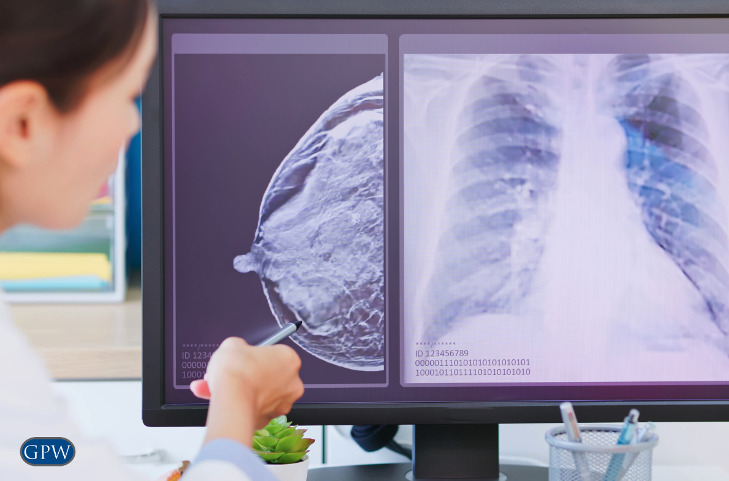High-Risk Individuals May Consider Mesothelioma Screening for Early Detection
Mesothelioma is a rare and aggressive form of cancer that primarily affects the lining of the lungs (pleura) and, in some cases, the lining of the abdomen (peritoneum). It’s only cause is asbestos exposure, with a significant latency period between the time of initial exposure disease development. As the symptoms of mesothelioma often resemble other respiratory or abdominal conditions, early detection remains a challenge. While routine mesothelioma screening for the general population is not recommended, targeted screening efforts for high-risk individuals can help identify the disease at an earlier stage when treatment options may be more effective. Here are the procedures and considerations involved in mesothelioma screening for those at elevated risk due to asbestos exposure.
Identifying High-Risk Individuals
Occupational Exposure: Individuals who have worked in industries known for high levels of asbestos exposure, such as construction, shipbuilding, mining, manufacturing, and asbestos removal.
Geographical Exposure: People living in areas with a history of asbestos-related industries.
Screening Procedures
Medical History and Physical Examination
The first step in mesothelioma screening involves taking a detailed medical history and conducting a thorough physical examination. The healthcare provider will inquire about any history of asbestos exposure, occupation, living environment, and any relevant symptoms. A physical examination may reveal signs such as chest or abdominal pain, respiratory distress, or fluid buildup in the lungs or abdomen.
Imaging Tests
Imaging tests play a crucial role in mesothelioma screening. The most common imaging tests used include:
- Chest X-rays: Chest X-rays may reveal abnormalities in the lungs or pleura, such as pleural thickening or fluid buildup.
Computed Tomography (CT) Scans: CT scans provide detailed cross-sectional images of the chest or abdomen, enabling the detection of tumors and assessment of their size and extent. - Magnetic Resonance Imaging (MRI): MRI uses powerful magnets and radio waves to produce detailed images of soft tissues, aiding in the detection of tumors and their involvement in surrounding structures.
- Pulmonary Function Tests (PFTs): Pulmonary function tests assess lung function and can help identify any respiratory issues that may require further evaluation. These tests measure lung capacity and the ability to move air in and out of the lungs, providing valuable information about lung health.
Biomarker Testing:
Biomarker testing involves analyzing blood samples to detect specific substances or proteins associated with mesothelioma. While no single biomarker is definitive for mesothelioma, ongoing research aims to identify reliable markers for early detection. Some potential biomarkers being studied include soluble mesothelin-related peptides (SMRP) and fibulin-3.
Radiographic Surveillance:
For individuals at a higher risk of mesothelioma, regular radiographic surveillance, such as annual chest X-rays or CT scans, may be recommended to monitor any changes in lung or abdominal health.
Early diagnosis of mesothelioma offers the best chance for curative treatments and enhanced quality of life. If you or someone you know is at high risk due to asbestos exposure or experiencing symptoms related to mesothelioma, seeking prompt medical evaluation and specialized care is essential. You also may have the right to seek compensation. Get in touch with our team by calling 412-471-3980 or filling out our contact form today.
Sources:
“Can Malignant Mesothelioma Be Found Early?” American Cancer Society (November 16, 2018) [Link]
“Screening for Malignant Pleural Mesothelioma and Lung Cancer in Individuals with a History of Asbestos Exposure“ Journal of Thoracic Oncology [Link]
“Screening for Mesothelioma More Harm than Good?” ATS Journals [Link]
Tomasetti M, Santarelli L. “Biomarkers for early detection of malignant mesothelioma: diagnostic and therapeutic application” Cancers (Basel) (April 14, 2010) [Link]




